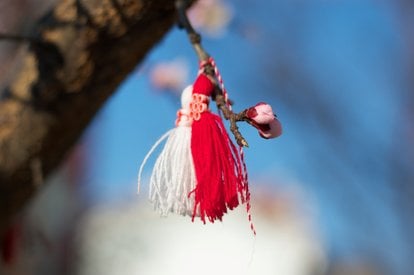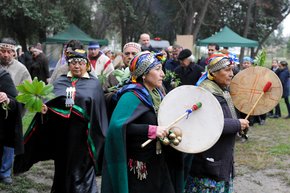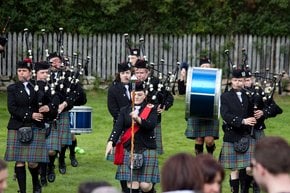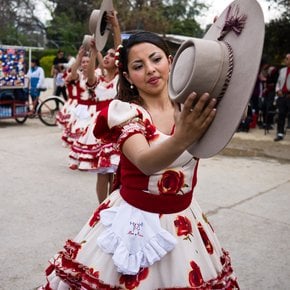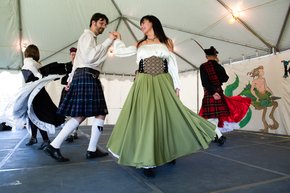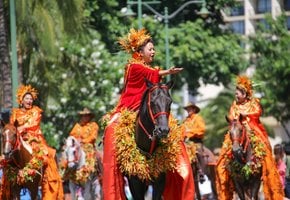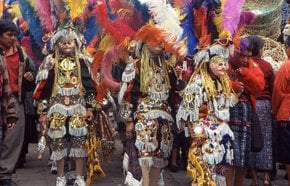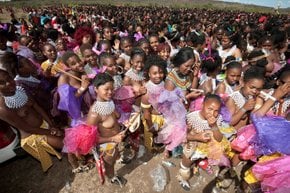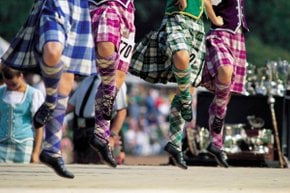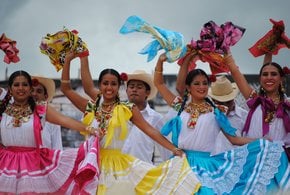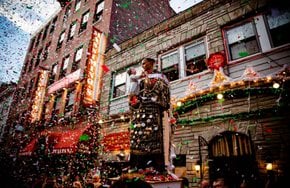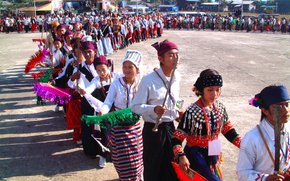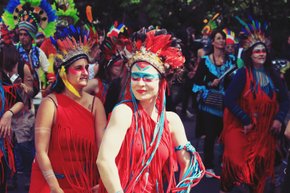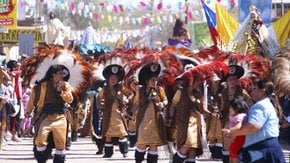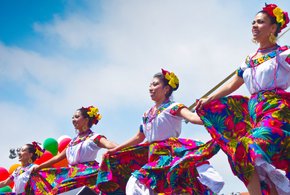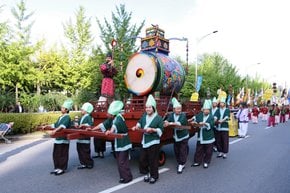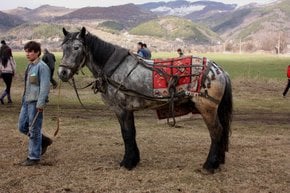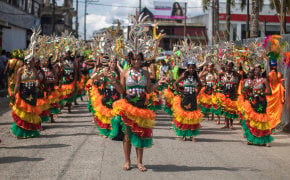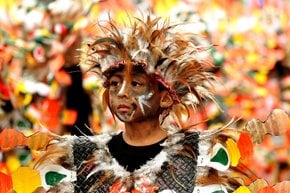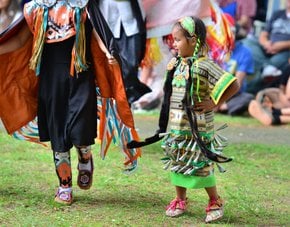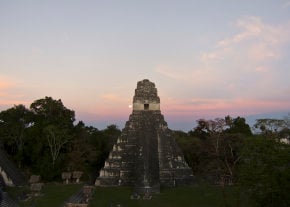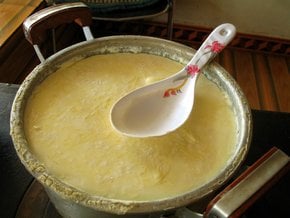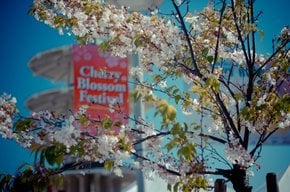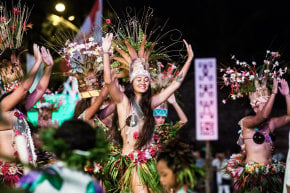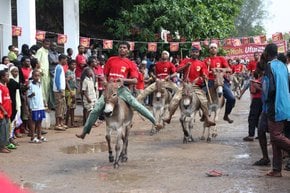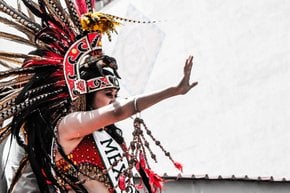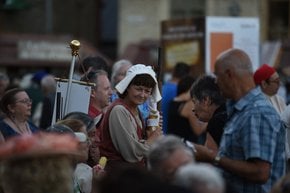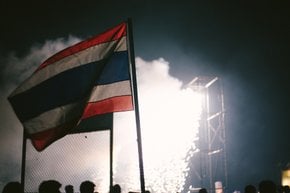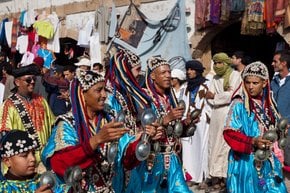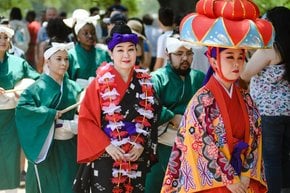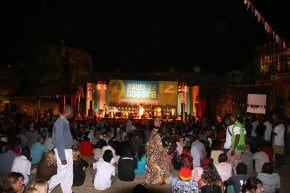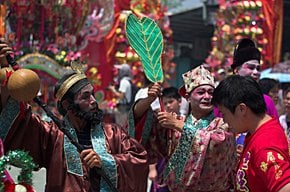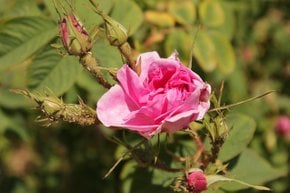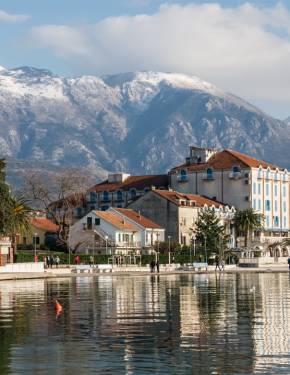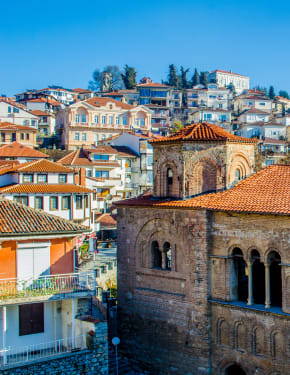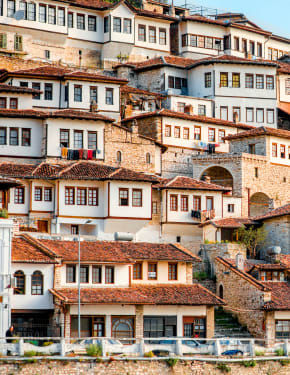Baba Marta 2026 in Bulgaria
Celebrate the arrival of the spring as bright as you can!
Dates: March 1
Baba Marta, or "Grandma March," is a cherished tradition in Bulgaria that marks the arrival of spring with unique customs and folklore. Observed annually on March 1st, this celebration is characterized by the exchange of Martenitsas—small red-and-white ornaments—symbolizing health, prosperity, and the rejuvenation of nature.
Customs and Activities
The central aspect of Baba Marta is the gifting and wearing of Martenitsas. These adornments, crafted from red and white twisted threads, are given to friends, family, and colleagues as tokens of good health and fortune. People wear Martenitsas as bracelets, necklaces, or pinned to clothing, and some hang them on blossoming trees for a bountiful harvest.
According to tradition, Martenitsas are worn until the wearer sees a stork or a blooming tree, signaling the true arrival of spring. Once spotted, the Martenitsas are removed and tied to a branch, symbolizing hope and renewal.
Symbolism of the Martenitsa
The colors of the Martenitsa carry profound meanings. Red represents health, fertility, and vitality, while white signifies purity, strength, and longevity. Folklore connects the twisted threads to mythical figures like Penda and Posh, symbolizing love and harmony.
Folklore and the Legend of Baba Marta
Baba Marta is personified as a grumpy yet capricious elderly woman whose moods dictate the unpredictable weather of March. A cheerful Baba Marta brings warm, sunny days, while her anger results in cold winds and storms.
Location and Accessibility
Baba Marta is celebrated nationwide in Bulgaria and by Bulgarians abroad. While the tradition is primarily observed within homes, schools, and workplaces, public events such as folklore performances, craft workshops, and storytelling sessions are held in towns and cities across Bulgaria. Major cities like Sofia, Plovdiv, and Varna often host public events, while smaller towns emphasize community-oriented festivities.

